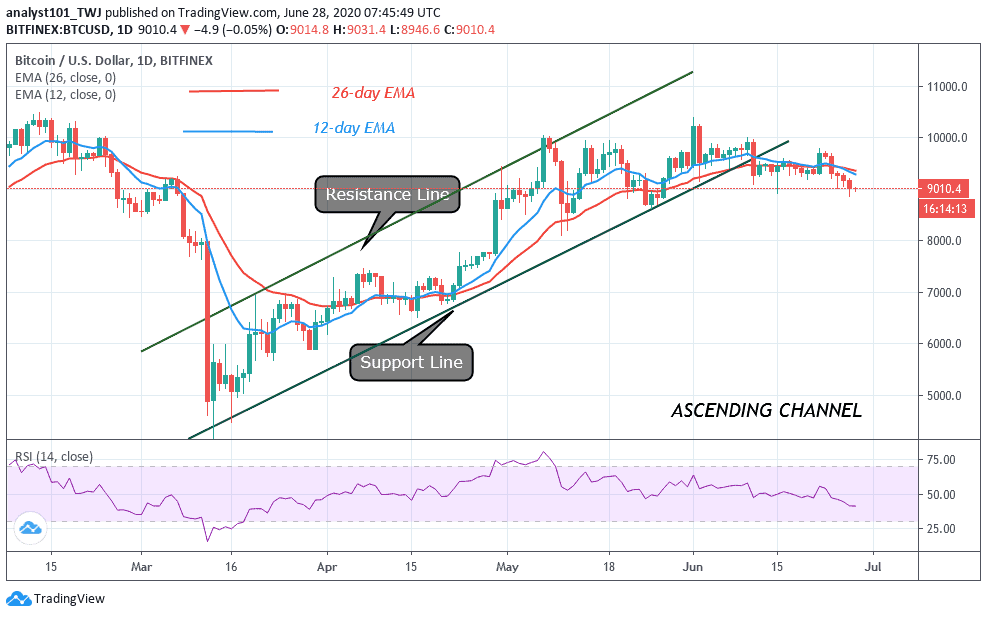Join Our Telegram channel to stay up to date on breaking news coverage
Singapore is in the midst of a significant crypto revolution, with laws being put in place to foster legitimate growth and a possible Central Bank Digital Currency (CBDC). However, the country has also seen a significant growth in ransomware attacks that threatens to erode trust in the space.
Ransomware and Phishing Attacks on the Rise
This week, the Cyber Security Agency of Singapore (CSA) published a report which confirmed that ransomware attacks rose significantly in the country last year. Titled “Cyber Landscape 2019,” the report confirmed that the Singaporean government found 35 reports of ransomware incidents in 2019, compared to the 21 cases reported in 2018.
Going deeper, the report confirmed that most of the attacks targeted agencies like manufacturing, tourism, and logistics services. Apart from ransomware, phishing scams also surged in the year, with the CSA discovering 47,500 suspicious sites in 2019 – compared to 16,100 in 2018.
As for the phishing scams, most fake URLs imitated the online portals of the Immigration & Checkpoints Authority (ICA), Ministry of Manpower (MOM), and the Singapore Police Force (SPF).
While the report didn’t give much in terms of the trends prevalent in 2020, it would appear that cybercrimes have continued to run rampant in Singapore. This month, data published by Russian cybersecurity firm Kaspersky Labs confirmed that Singapore witnessed a sharp rise in the number of attempted cryptojacking attacks in the first quarter of the year.
The report explained that devices in the country saw about 11,700 attacks in the first quarter of 2020, up from about 2,900 attempted attacks at the same time last year. AS Kaspersky confirmed, this spike in the number of attacks posts the most significant percentage increase of any country in the South-East Asian region.
A Global Menace
In an interview with Stratis Times, Yeo Siang Tiong, Kaspersky’s General manager for the South-East Asian region, explained that malicious cyber actors had been attracted to Singapore’s high-performance Internet infrastructure.
“Cybercriminals use various means to install miner programs on other people’s computers, preferably in bulk, and take all of the profit from cryptocurrency mining without incurring any of the equipment or electricity costs.”
He also pointed out that mining’s increasing difficulty has caused most cryptojackers to command botnet networks instead of just attacking individual victims. The prevalence of ransomware, however, isn’t limited to Singapore alone. In fact, several countries across the world have so far witnessed rising numbers.
In its 2020 Incident Response and Data Breach Report, cybersecurity firm Crypsis Group highlighted that ransomware attacks have risen by over 100 percent across the past two years. The coronavirus pandemic has also forced this cyberterrorism act to be much more lucrative. Given that most companies are now relying on Internet infrastructure and moving their businesses online for operation, criminals have had a treasure trove of websites to attack and steal data from.
This month, Rep. Emanuel Cleaver (D-MO), the Chairperson of the U.S. House Subcommittee on National Security, International Development, and Monetary Policy, said at a meeting that daily cybercrime committees have risen by 75 percent during the pandemic.
Several countries have continued to deal with the scourge of cybercrime, and it is now a collective responsibility to keep their incidence curtailed.
Join Our Telegram channel to stay up to date on breaking news coverage


